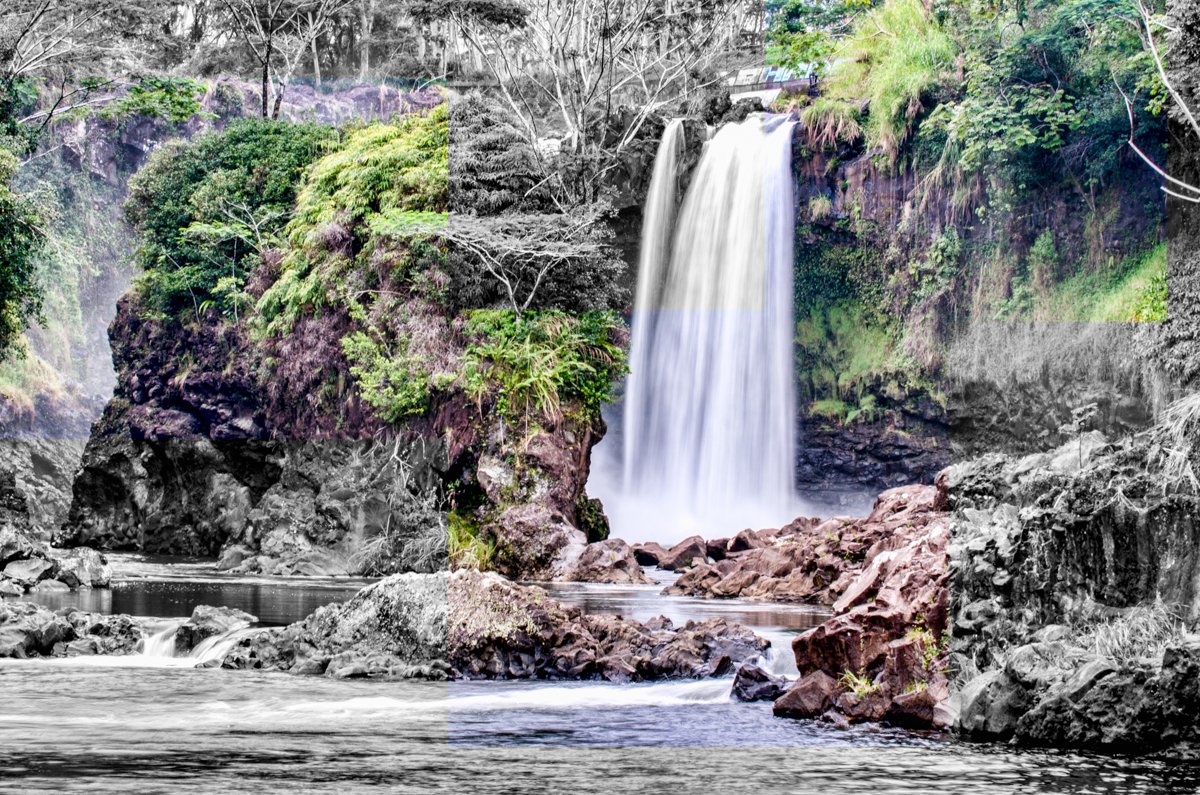53%
The Big Island of Hawai‘i is an ancient place, shaped by fire, sea, and sky. Long before foreign ships arrived on its shores, it belonged to its Native people—a sacred land watched over by gods, kings, and queens. Pele, Kāne, and Papa wove their spirits into the island’s mountains and waters, teaching that the land was not to be taken, but honored. Its black rock cradled life, its soil gave rise to abundance, and its people understood: the island came first, and they were merely its caretakers.
But the tides of history are relentless. Foreigners came, and with them, change. Creatures never before seen on the island—snakes, mongooses, and feral cats—slipped into forests where native birds once sang undisturbed. The Black Mamo, the Lāna‘i Hookbill, the Nukupu‘u—gone. The balance that had endured for centuries began to crack.
And then came the buildings. They rose along the Hāmākua Coast and through Kīholo Bay, pressing against the land, swallowing sacred spaces. The volcanoes, once revered, became backdrops for homes built in defiance of their restless power. To the Native people, Hawai‘i no longer felt like Hawai‘i—it had become Hawaii, a land reshaped by hands that did not understand its spirit.
But the island is not silent. In 1921, a movement took hold, a stand against the slow erasure of a people and their home. The Hawaiian Homes Commission Act, known as the "53% rule," sought to return land to those who had always belonged to it. To own a piece of Hawai‘i, one must carry its blood, its ancestry, its history. This was not just policy—it was protection.
And so, the island breathes again. Native voices rise, sacred landscapes heal, and the march of extinction slows. The forests remain wild, the shorelines less crowded, the volcanoes once more regarded with reverence. The land, after all, remembers. And those who truly know it—they remember too.
Each 11x17-inch photograph is constructed through a dual-exposure technique, merging digital and analog processes to create a layered visual composition. The workflow begins with a Nikon D7000, secured on a tripod to ensure precise framing. Once the desired composition is established, the first exposure is captured digitally in full color.
Maintaining the exact camera position, the Nikon is then unmounted and replaced with a Canon AE-1, a 35mm film camera. Using black and white film, I capture a second exposure—an identical frame, now stripped of color, reducing the image to tonal values and contrast. This method ensures perfect alignment between the two images, allowing them to be seamlessly merged in post-production.
In Photoshop, the digital image serves as the base layer, preserving the full spectrum of color. The black and white film exposure is overlaid as the secondary layer, creating a dual-textured composition. Through meticulous masking techniques, select portions of the monochrome layer are removed, revealing 53% of the underlying color image. This percentage is deliberate, directly referencing the Hawaiian Homes Commission Act’s 53% rule, which governs land ownership based on Native Hawaiian ancestry.
The final composite is both an artistic and conceptual statement. The retained color represents what remains of Hawai‘i’s landscapes and culture before widespread colonization and development. The desaturated portions symbolize loss—ecosystems disrupted, traditions displaced, and histories rewritten. By merging these two photographic mediums, the work bridges past and present, utilizing precise technical execution to underscore a broader cultural narrative.






























